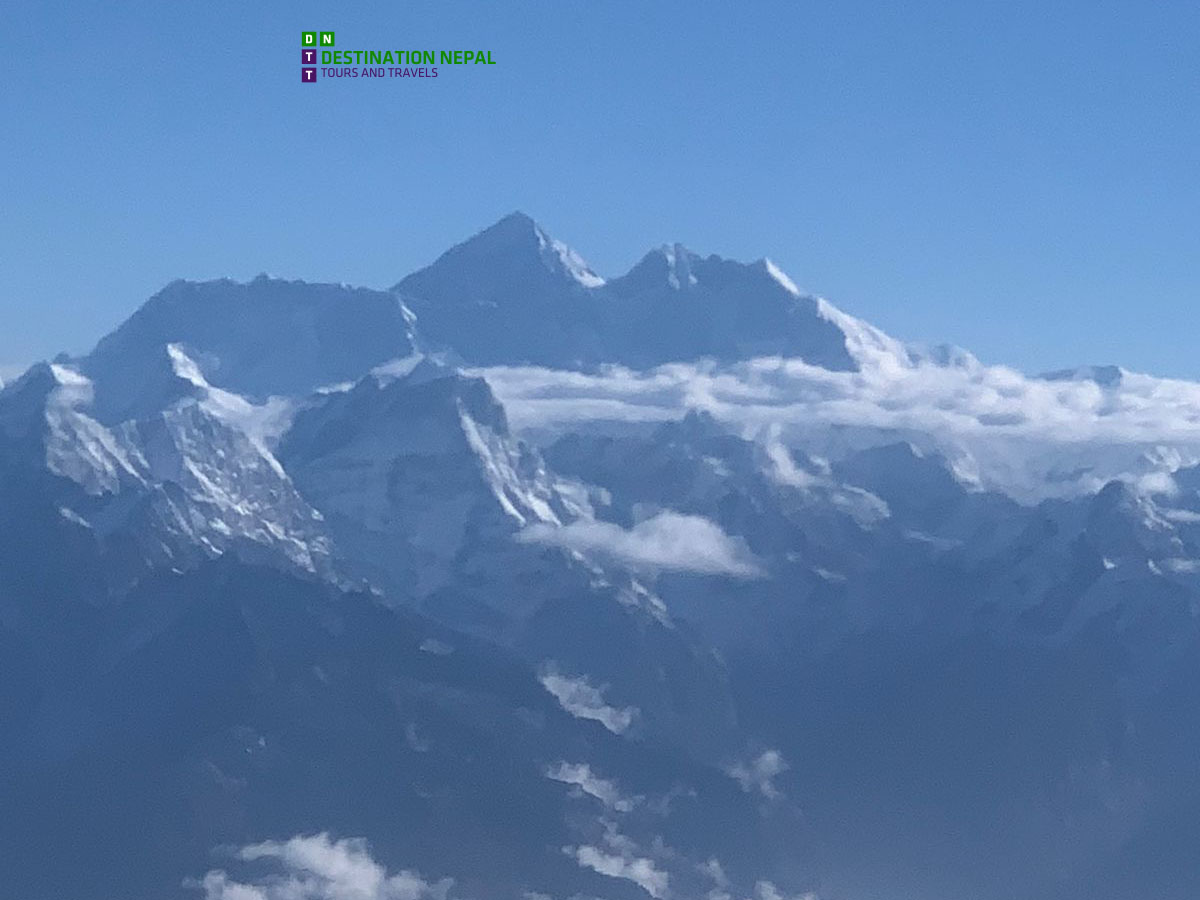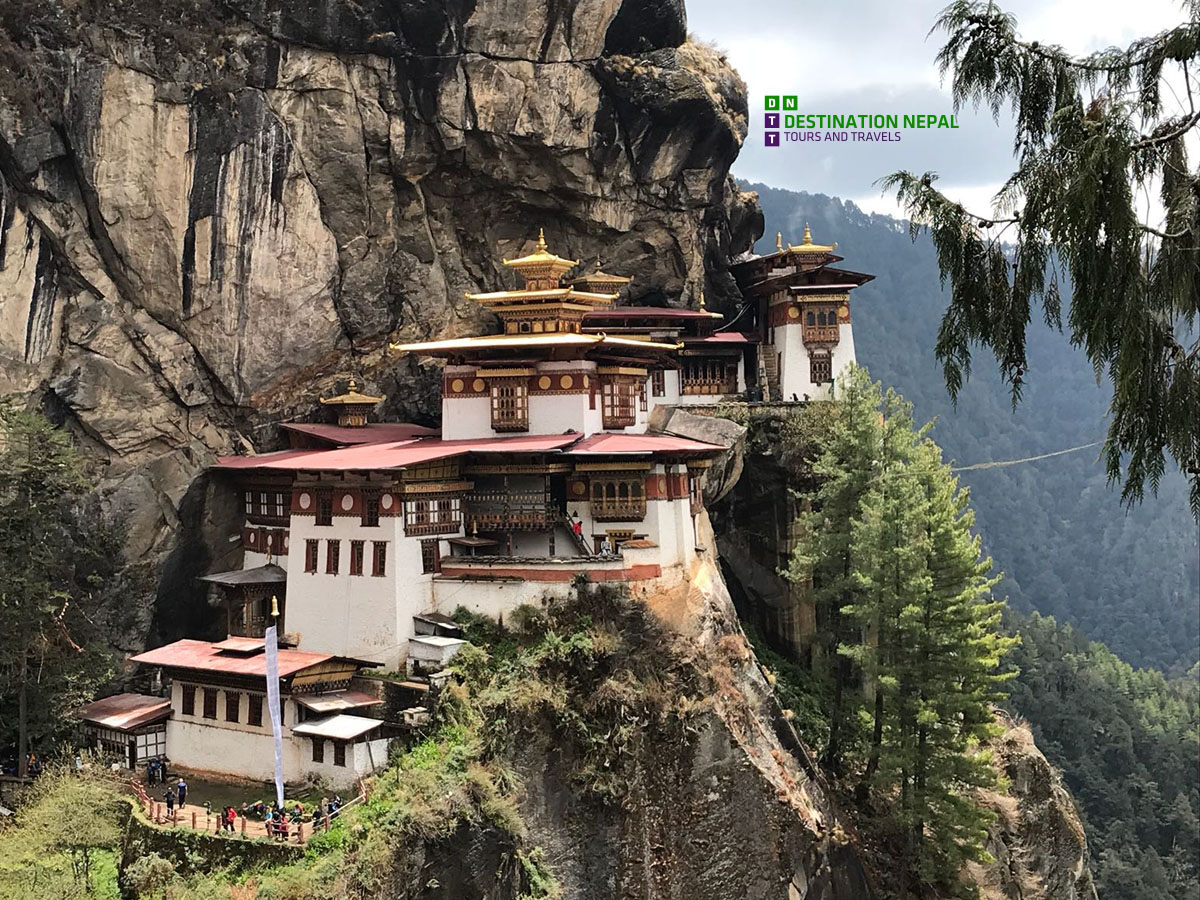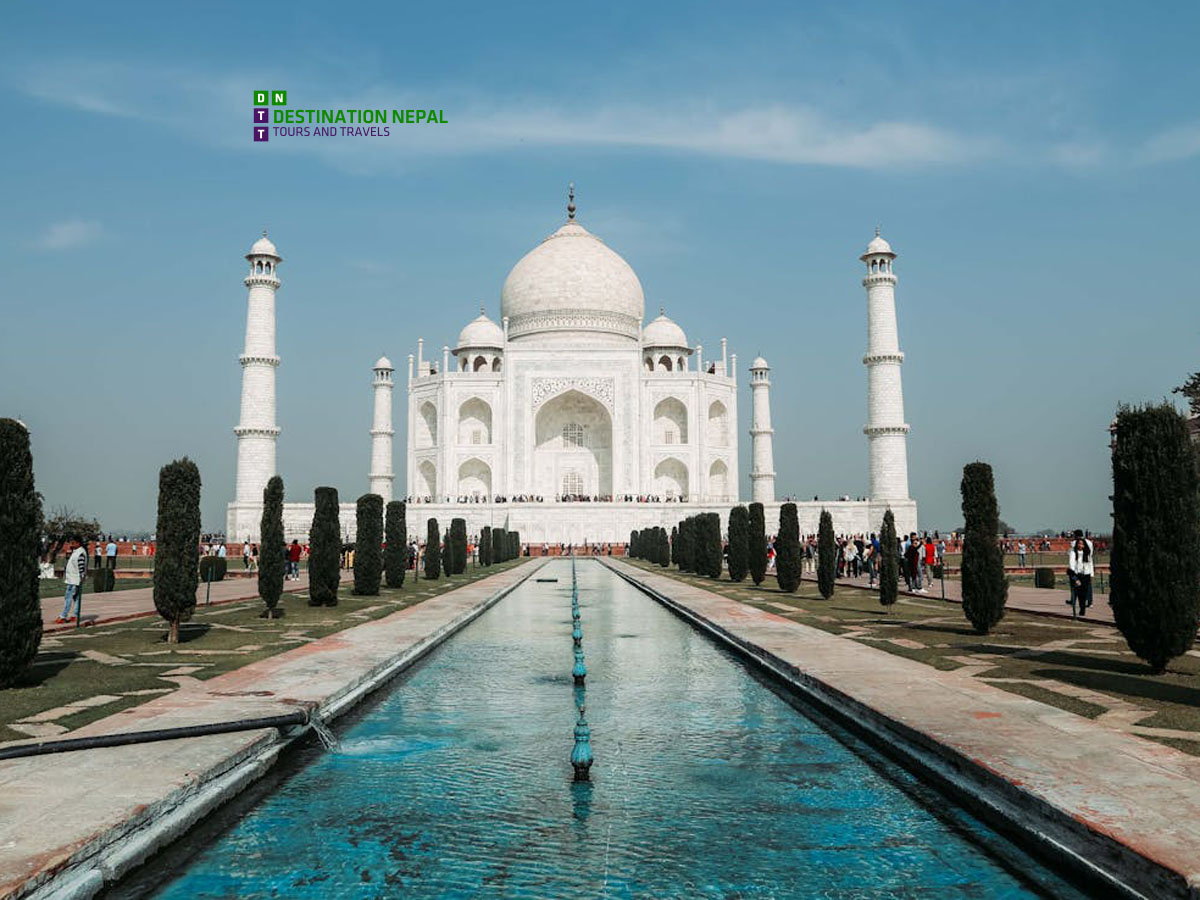People & Customs
The country of Nepal, nestled into the folds of the Himalayas, is a nation representative of a singular flux of races and religions. ‘Melting Pot’ is a term often used to describe the Nepal People, coalesced and united, despite their racial and religious differences.
The people of Nepal or the Nepalese people live scattered throughout the vales and hilly terrains that feature the geography of the country. The Nepalese add up to a population of 22 million approximately. The Nepal people living in different regions have distinctive social customs and life styles that distinguish them from the other ethnic groups.
The Newars, a group of Nepali people, live mainly in the Kathmmandu valley. The Tamangs live on the outskirts of the Kathmandu valley. The Sherpas inhabit the eastern and central regions of Nepal’s mountains. In the vicinity of the Kali Gandaki River in the northern Nepal live the Thakalis people.
The Midlands of Nepal are populated by the Chhetris and Brahmins. The Tharu people dwell in the Terai region. The Limbus, Magars, Jirels, Chepangs, Rais and Sunwars occupy the middle hills. In the lowland Terai and the Dun valley reside the Danwars, Darais, Rajputs, Rajbansis, Dhangars, Majhis, Dhimals and Statars.
Nepal is a harmonious blend of different ethnic groups who are bonded by their fervent loyalty to the institution of Monarchy. The principle religions of the Nepal people are Buddhism and Hinduism. The inhabitants of Nepal mainly communicate in the Nepali language. However, Nepal people use Newari language predominantly in the Kathmandu valley while Tibetan languages are chiefly in use in the mountains.
Nepal culture is marked for its rich diversity. The culture of Nepal includes music, dance, art forms, literature, religion and architecture in varied forms. Nepal has numerous ethnic groups and clans, which have a separate and distinct culture of their own. There are many religions that are practiced in this exotic mountainous country.
Music is an integral part of the cultural heritage of Nepal. Music in all forms is appreciated and adored in the country. Folk music is greatly loved by the Nepali people over modern forms of music. There are influences of Indian and Tibetan music on the music of Nepal.
Another facet of Nepal culture lies in its architecture. There are mainly three types of architectural features that are preferred in Nepal-the pagoda style, the stupa style and the shikhara style. There are several temples, churches, synagogues and Buddhist monasteries in Nepal that are built based on these architectural styles. The culture of Nepal is vividly depicted in these architectural wonders of Nepal.
Apart from music, dance is also a preferred mode of entertainment for the people of Nepal. The religious ceremonies that are celebrated in the country have music and dance as an integral part of their program. Religion is another important part of Nepal’s culture. Hinduism is the primary religion in Nepal, followed by Buddhism and Christianity. There are many festivals, which are celebrated in Nepal and are religious in origin. All these things amalgamated together make a rich cultural heritage of Nepal.




